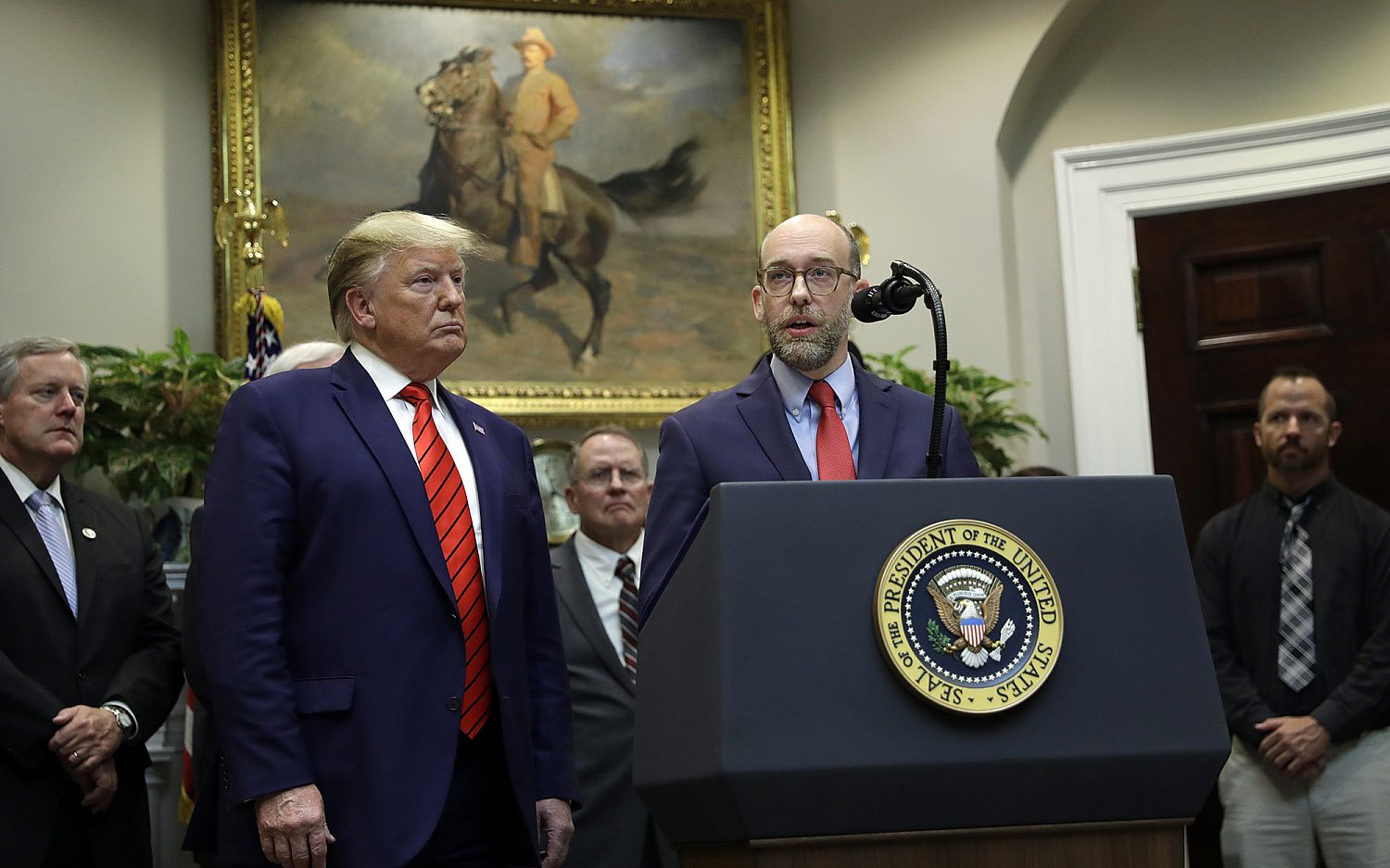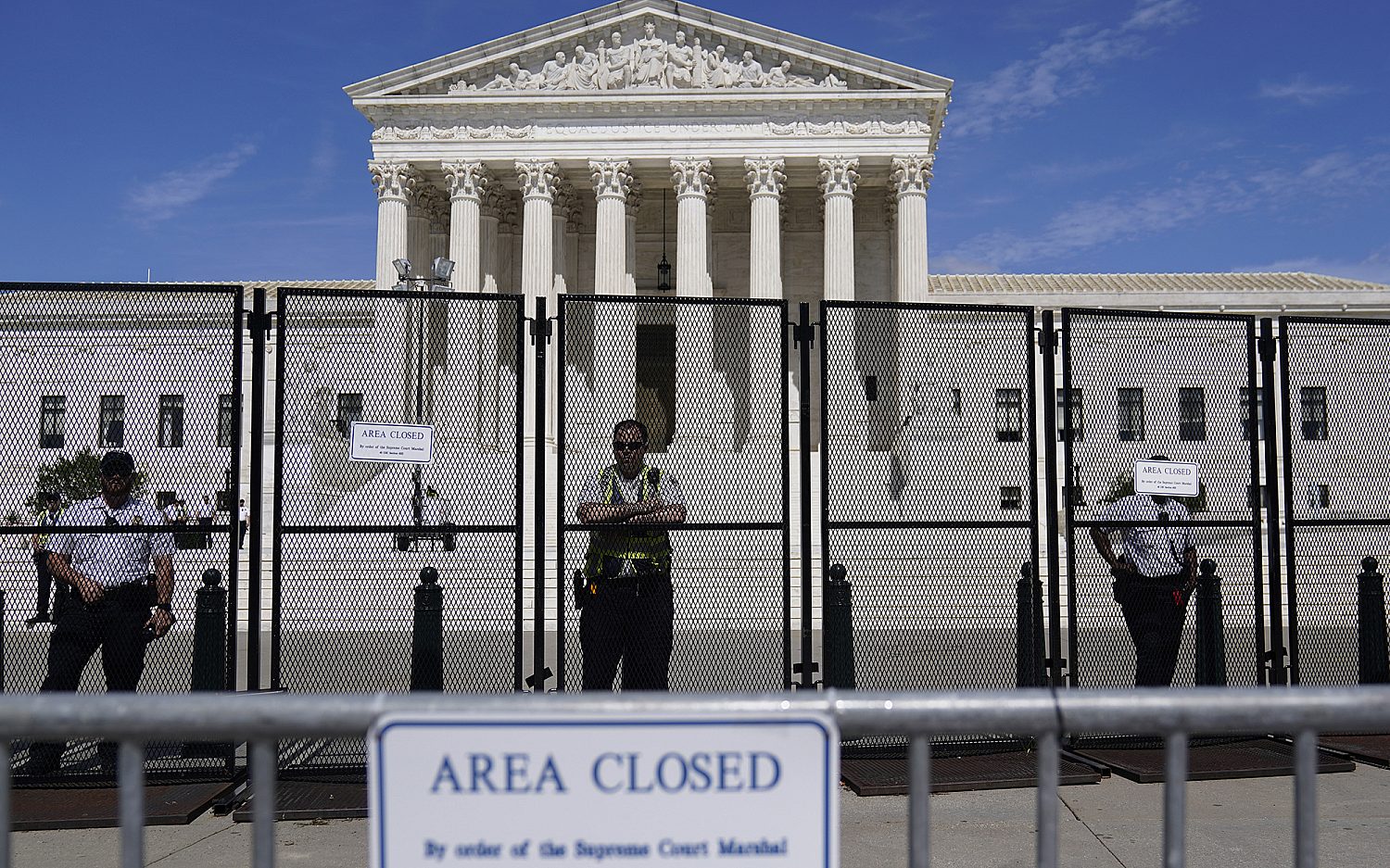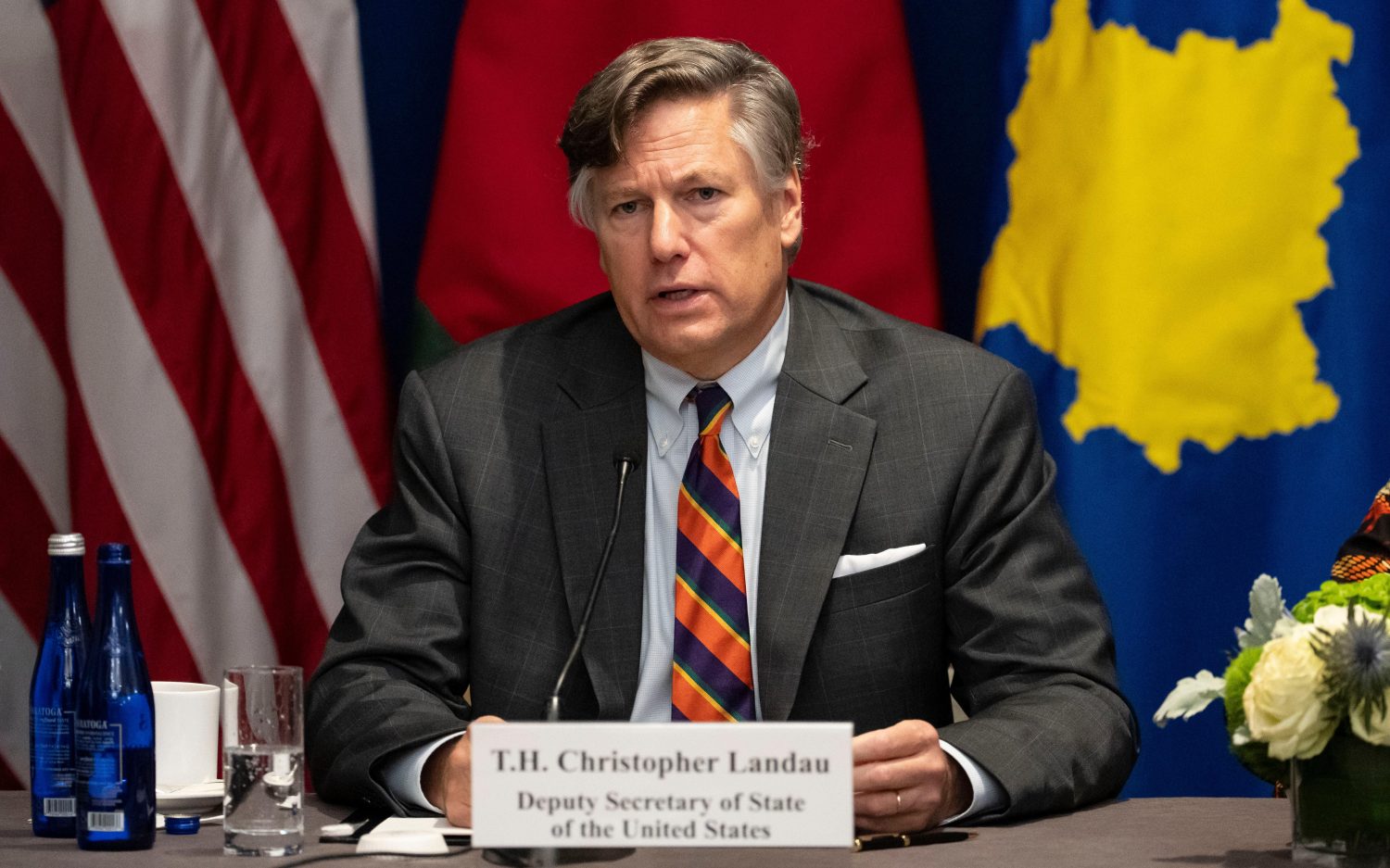U.S. scientists make nuclear fusion breakthrough
Scientists sparked a nuclear fusion reaction that produced more energy than was used to ignite it, the U.S. Department of Energy announced Tuesday. Nuclear fusion occurs when two or more hydrogen atoms are fused together under extremely high temperatures and pressure to become helium, a reaction that releases large amounts of energy and heat. Researchers at the Lawrence Livermore National Laboratory’s National Ignition Facility in California last week directed 192 lasers at a small fuel target to achieve net energy gain in a laboratory setting for the first time in history. U.S. Energy Secretary Jennifer Granholm on Tuesday said the breakthrough came after decades of research and billions of dollars in public and private investment.
What are the potential uses of nuclear fusion? Scientists hope to one day produce fusion reactions like this on a large enough scale to create a source of clean energy. Unlike nuclear fission, fusion does not create radioactive waste. the reaction recorded last week was very brief, and large-scale commercialization of fusion could still be decades away. The primary mission of the national lab is to study nuclear power for use in national defense without full-scale nuclear testing.
Dig deeper: Read Leo Briceno’s report in The Stew about how Alaska is looking to nuclear innovations to solve energy needs.
An actual newsletter worth subscribing to instead of just a collection of links. —Adam
Sign up to receive The Sift email newsletter each weekday morning for the latest headlines from WORLD’s breaking news team.





Please wait while we load the latest comments...
Comments
Please register, subscribe, or log in to comment on this article.